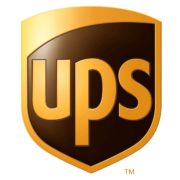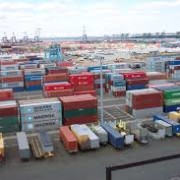Leadership in Times of Change
Business Disruptions are inevitable in any operating environment but your reaction can be the difference between business success and failure. This is the first in a series of articles challenging businesses to properly identify and deal with change/business disruptions that are sure to come in 2019.
“When the rate of change outside exceeds the rate of change inside, the end is in sight.” Jack Welch
Talk about some incredible business insight! As we enter 2019 we believe the word “change” is synonymous with the words “business disruptions.” There isn’t a business operating today that will not be dealing with some form of change or disruption in their everyday operating environment. Businesses must Identify and react to these changes and disruptions throughout the coming year and beyond in order to ensure their long-term survival.
The reality is however, that many companies may not be able to properly and exactly identify what change or disruption is coming, but they must be savvy enough to understand that they’re coming anyway.
First and foremost, what leadership characteristics are needed from the management team to successfully deal with these changes and disruptions?
- Competency – If management cannot deliver and act on the message, no one will follow the plan
- Composure – Change and business disruptions comes in many forms. What leaders do during these times will ultimately define their long-term business success
- Courage – The need to always do the right thing; the ethical thing. Sometimes leaders need to make decisions that may be unpopular, but those decisions may be the right decision for the continued success of organization and for its shareholders; it’s never personal
So assuming a company’s leadership has at least these three skillsets, what obstacles might a business encounter that will inhibit them from being successful at times of change or business disruption.
Typical Barriers to Change and Business Disruptions
- Resistance to change; denial that immediate action or any action for that matter is required. It’s simply human nature and ultimately the number 1 barrier to successful change and business disruption management
- Limitations on existing business systems to properly identify and potentially challenge any change or business disruption strategy
- Lack of corporate management’s commitment to immediately and properly deal with the change and or business disruption
- Lack of cross functional teams to completely identify and implement the required change or business disruption strategy
- Lack of technology to identify and pinpoint the areas in a business that must be changed in order to immediately overcome the disruption and ensure ongoing business success
Once the barriers are identified and there is a complete and concerted effort to meet the change and business disruption challenge, the next steps are:
- The need to always be one step ahead of the curve; to continually keep pace with any change and business disruption challenge the company will face in the immediate and not too distant future
- More importantly, every business must have the foresight to anticipate what is coming down the pike; this is called a “sixth sense” mentality
- Finally, trust the teams gut. Most of the time these gut feelings are initial indicators of what is actually coming. However very often companies and their executives fail to properly react to these gut feelings and therefore miss opportunities to properly address change and business disruption actions
Stay tuned for more insight into change management and business disruption challenges.







